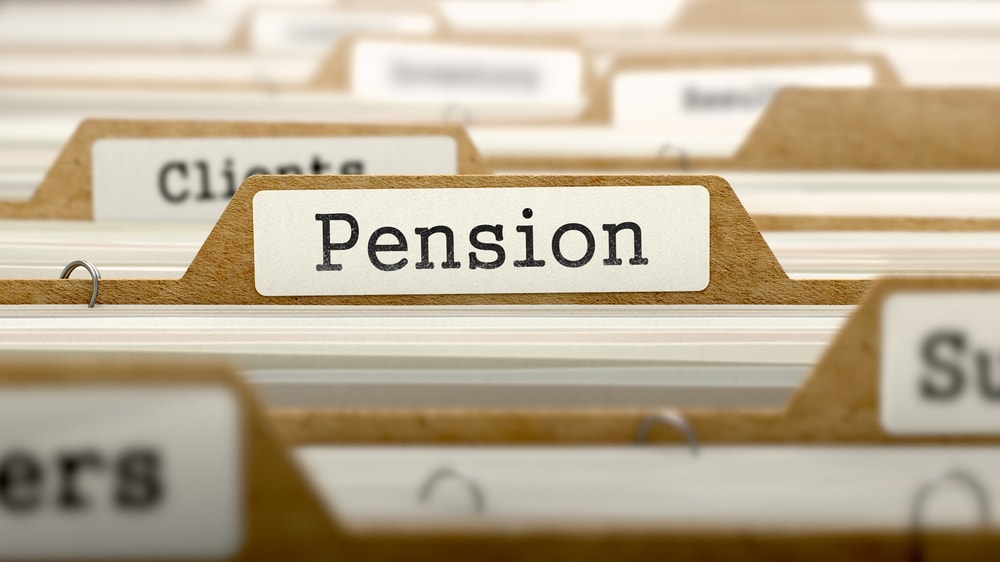Nearly four in 10 (39 per cent) people living in London are on track for a retirement lifestyle that would not meet the Pension and Lifetime Savings Association’s (PLSA) ‘minimum’ Retirement Living Standard, according to Scottish Widows.
Scottish Widows’ National Retirement Forecast found that people in Scotland, London, the North East and East of England were most likely to face poverty in retirement, with 39 per cent of people in each region not on track for a ‘minimum’ standard of living.
People in the ‘less than minimum’ cohort are likely to struggle to afford basics, such as food and heating, according to the PLSA’s standards.
In the East Midlands, 36 per cent of people are not expected to reach a minimum standard of living in retirement, while in the North West and South East of England the figure stood at 35 per cent.
While Northern Ireland and the West Midlands were the least likely to be on track for retirement poverty, there was still nearly a third (30 per cent) of people not on track for at least a minimum Retirement Living Standard.
Scottish Widows noted that there was no apparent North/South divide on people’s preparedness for retirement, and that there were various factors contributing to retirees’ financial security.
One potential reason for Londoners being amongst the highest in the study was that, not only are they more likely to rent than anywhere else in the UK, they are also more likely to see they rental payment consume more than their projected retirement income.
Poor retirement prospects in the North East and Scotland were likely a product of employment patterns, Scottish Widows stated, with these regions having historically lower average earnings and unemployment rates than other parts of the UK.
Commenting on the report, Scottish Widows head of policy, Pete Glancy, said: “The uncomfortable truth is that people across the UK are not managing to save enough for retirement and some continue to go along unaware when they could be taking some simple steps to make a big difference to their financial future.
“Looking that far ahead can be difficult for many people to prioritise, taking a realistic look at your pension isn’t as daunting as it might seem. It’s as simple as checking how much you have in your pot, whether it’s enough for the retirement you want, and what you can do next to put yourself in the best position when you retire.
“We recommend that people save at least 15 per cent of their salary if they can afford it –into their pension, including employer contributions and tax relief. Even if this feels beyond your means, taking steps to find out what you have, whether it’s enough and what options you have is a big step in the right direction.”
Latest News
-
TPR launches consultation on new-look CDC code of practice
-
Govt urged to undertake AE review as thresholds remain at 2025/26 levels
-
Dashboards rollout set to expose pensions admin weak spots
-
'Bright future' ahead for DB superfunds amid growing interest
-
SPA increases branded a 'red herring' by HoL Economic Affairs Committee
-
Pensions must be ‘fully integrated’ into corporate strategy in 2026
Private markets – a growing presence within UK DC
Laura Blows discusses the role of private market investment within DC schemes with Aviva Director of Investments, Maiyuresh Rajah
The DB pension landscape
Pensions Age speaks to BlackRock managing director and head of its DB relationship management team, Andrew Reid, about the DB pensions landscape
Podcast: From pension pot to flexible income for life

Podcast: Who matters most in pensions?

In the latest Pensions Age podcast, Francesca Fabrizi speaks to Capita Pension Solutions global practice leader & chief revenue officer, Stuart Heatley, about who matters most in pensions and how to best meet their needs
© 2019 Perspective Publishing Privacy & Cookies











Recent Stories